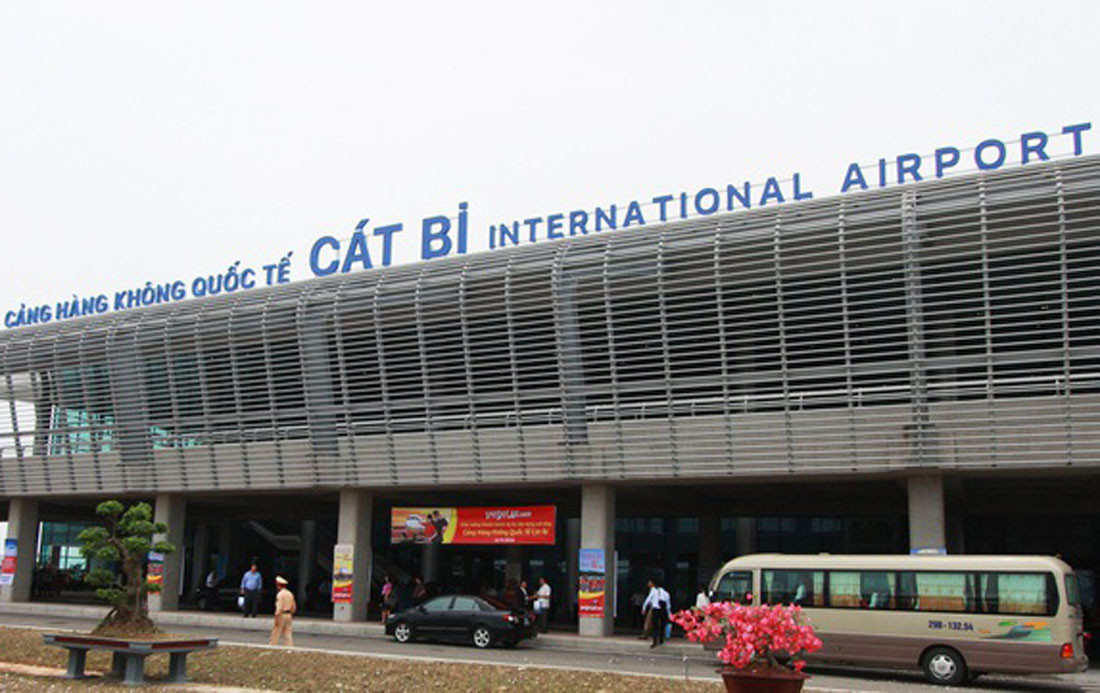
The Ministry of Transport (MOT) was assigned to join forces with the Ministry of Public Security to implement the procedure in 2023.
This is one of more than 100 tasks that ministries and branches will focus on this year to develop the database on population, electronic identification and authentication, serving national digital transformation in 2022-2025 with a vision towards 2030 (Project 6).
MOT has asked the Civil Aviation Authority of Vietnam (CAAV) to cooperate with the Ministry of Public Security’s (MPS) C06 and relevant units to implement the project in two stages.
In stage 1, from now to the end of Q1, authentication will be piloted at some airports. In stage 2, it will be applied at all airports.
According to the Airports Corporation of Vietnam (ACV) and CAAV, electronic identification and QR code scanning on chip-based ID cards at security checkpoints for domestic flights at Cat Bi Airport in Hai Phong started in early February. The pilot period will end in late March.
At the airport, one separate lane has been reserved for passengers taking domestic flights and using chip-based ID cards. ACV has also used cameras to take pictures and recognize faces to check data on chip-based ID cards against information about passengers.
This is part of the plan on establishing an electronic system connecting airports (air security control force) and a citizen identity database to control passengers taking domestic flights.
This will help ensure security and order, reduce the check-in time for outgoing flights, improve accuracy, and prevent passengers from using forged documents to take flights.
Regarding the use of national database on population and citizen ID cards for socio-economic development, the taskforce on implementing Project 6 said that connection of data contributes to ‘cleaning’ information about bank credit to control and assess risks during enterprises’ process of providing services.
The integration of health insurance information into chip-based ID cards to serve healthcare services has gained initial results. This has been done at 12,218 out of 13,046 healthcare establishments (93.6 percent), helping save VND24.7 billion in printing health insurance cards compared with 2021.
Vu Diep